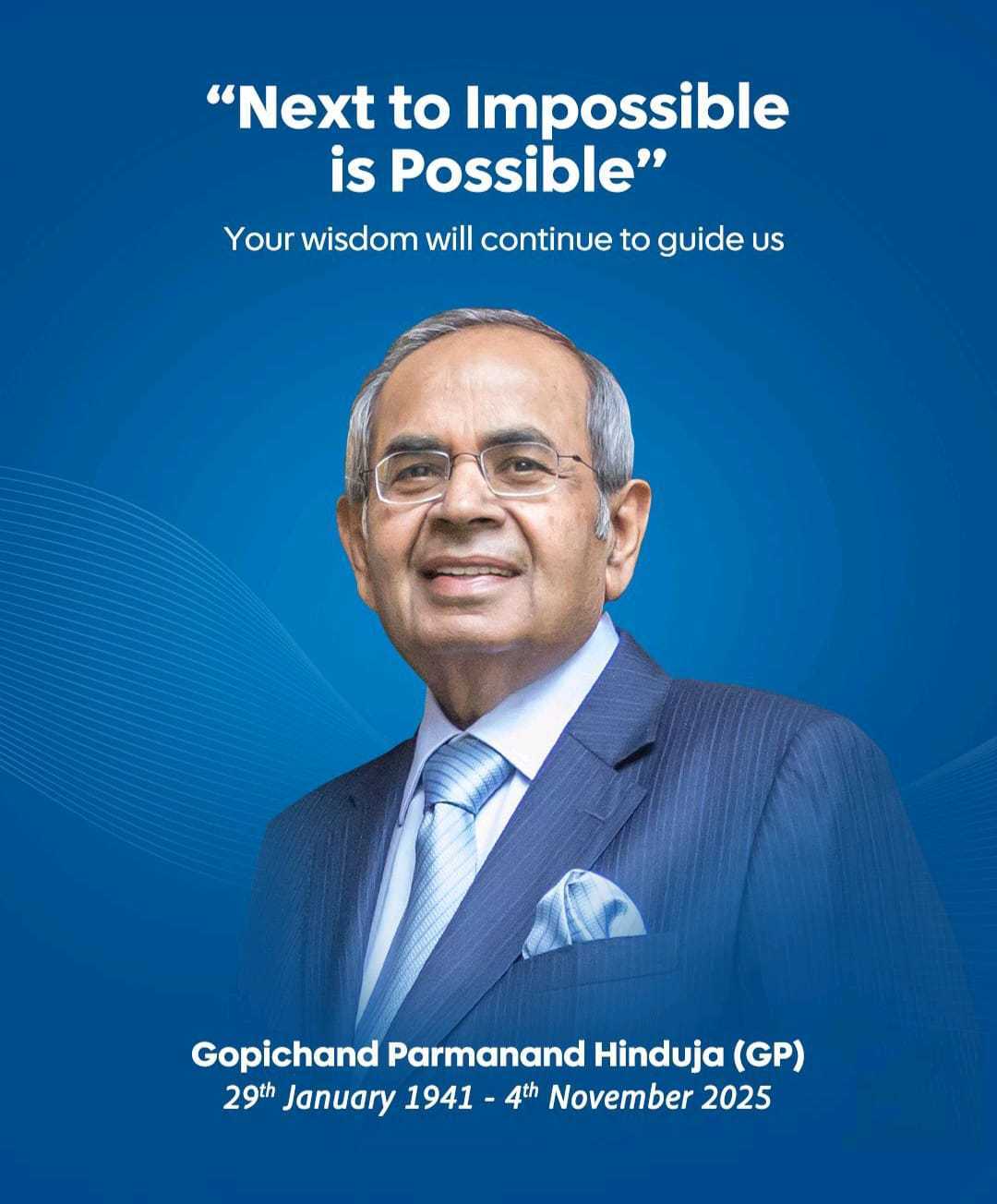

14 Jul, 25
Decoding Network Slicing & How It Affects OTT Delivery
Streaming has become second nature to many of us. Whether you’re watching a thriller on your smart TV or a match on your phone, one thing’s clear: people expect smooth, uninterrupted playback. No pauses. No hiccups. That's where network slicing in 5G steps in.
What Is Network Slicing and Why Should OTT Providers Care?

Imagine a single road split into different lanes, each one with its own set of rules. One lane is for trucks. Another is for bikes. One more for ambulances. Everyone moves, but at their own pace.
That’s essentially what network slicing does. A single network gets divided into separate paths. Each one supports a specific kind of service, from video, voice, gaming, to connected devices. Every path has its own performance settings.
Moreover, OTT apps often struggle when traffic spikes. Viewers hit play, and suddenly everything slows. When that happens, frustration builds and people cancel subscriptions. Slicing fixes that. Video gets its own path. That means, more stable speeds, quicker responses, and fewer delays.
The result? Cleaner visuals, especially for formats like 4K or 8K. It also keeps live streams from crashing, even when everyone’s watching at once. This makes a big difference for sports events, live news, or interactive shows.
The Upside in a Nutshell

- No Lag: With fewer apps fighting for space, video streams better.
- Faster Response: Useful for things like live polls, online games, and choose-your-own stories.
- Enhanced Safety: Each network slice stays separate. If one breaks, others stay fine.
- Flexible Bandwidth: The system can shift resources based on what’s popular, where, and when.
- Easy to Scale: No need for major rebuilds. Slices can grow as needed.
A Look at Real-World Scenarios

Think about a cricket app during a major final. Or a cartoon channel at bedtime. Maybe a mystery show that picks up viewers after midnight. Each one has its own traffic pattern. Slicing allows service providers to plan for that. They can assign more capacity to specific needs, without disrupting others.
While this is still in the early stages for many Indian providers, the potential is clear. Companies like ONEOTT are exploring next-gen technologies that could include network slicing in the future. The goal? Better traffic control, consistent performance, and smoother access, especially in areas with high user density.
Why This Works Better With 5G

Slicing shines when paired with fast networks like 5G. More speed is great, but it has to be managed. Without direction, speed alone won’t help. Slicing ensures that speed reaches where it matters. Not just fast, but precise.
This makes a big difference. A clear stream across devices and locations keeps users engaged. No blurs. No buffering. Just clean content. Viewers who get a smooth experience are more likely to stay. That leads to better loyalty, fewer exits, and more revenue for platforms.
The Takeaway

While big networks help, smart ones will prove to be better in the long run. OTT players need systems that can grow fast, keep content safe, and adapt to viewer habits. Slicing checks all those boxes. For internet providers that want to stay ahead in content delivery, this isn’t a maybe. It’s a must.
Get Connected
If you’re a regional OTT platform or local ISP looking deliver better quality services, visit www.onebroadband.in to know more.














